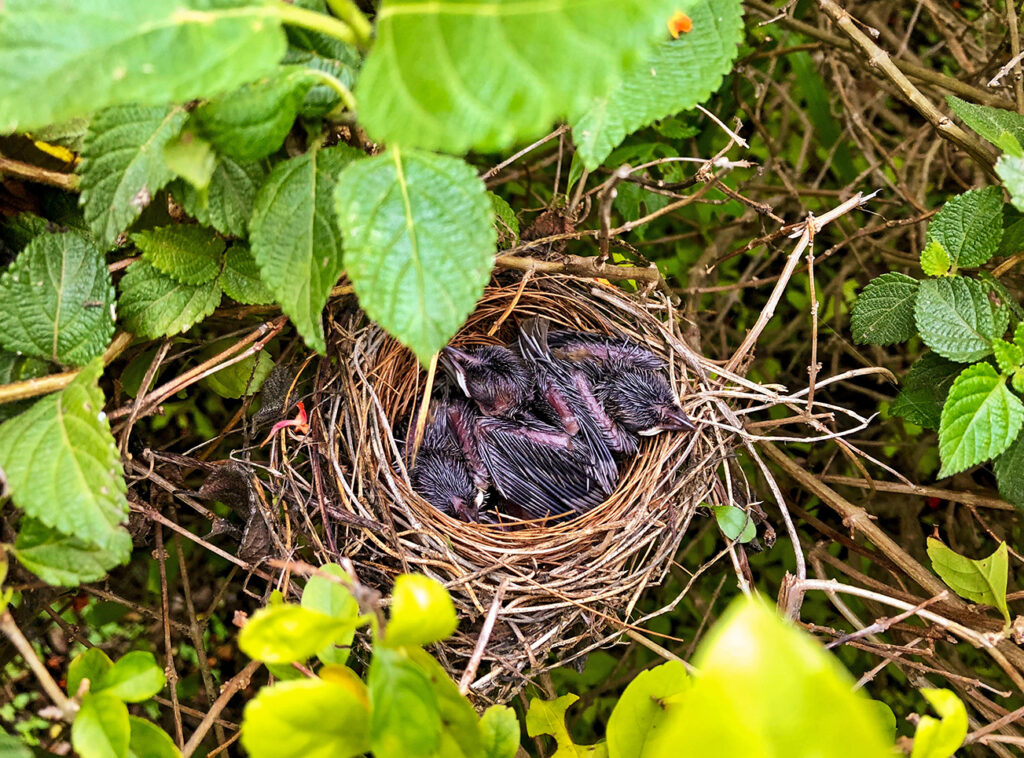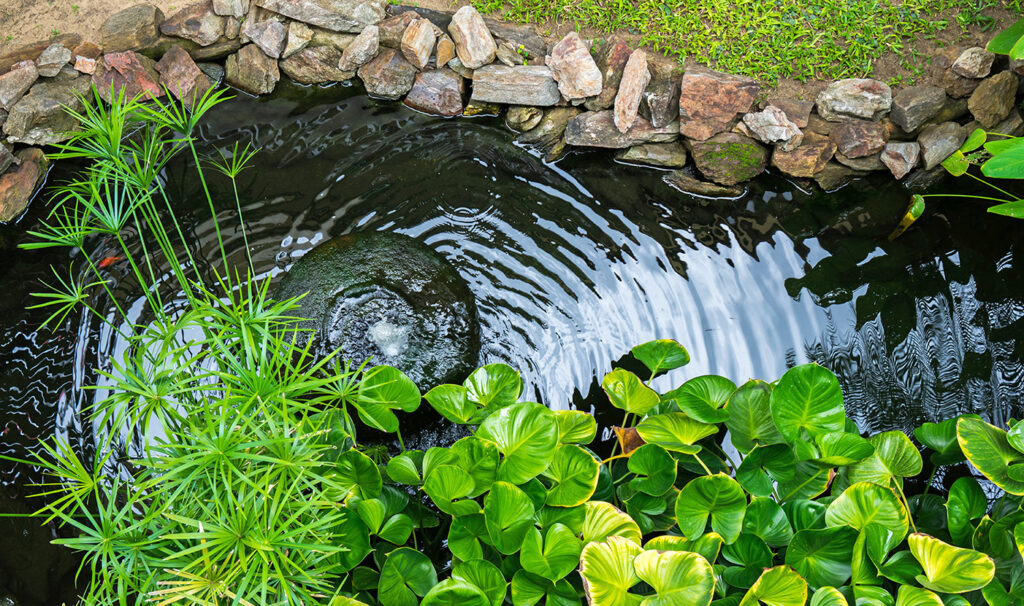It can be fun to entice critters into your yard and you may help save them in the process.
Part of the reason I like digging in the dirt and playing with plants is because I like the animals that come to my yard as a result. When butterflies come flitting around before a plant is even in the ground, that just reinforces how effective small efforts can be.

After five years in my current home, I saw a rabbit in my backyard this past fall and I was thrilled. Even in this suburban neighborhood, I’ve attracted red-tailed hawks, barred owls, mice, voles, skinks, lizards, anoles, corn and garter snakes, foxes, red-shouldered hawks, ibis, kites, bats and songbirds of all kinds, including my first-ever spotting of a cedar waxwing and a greenfinch.
If you want to attract wildlife to your yard, just offer food, water, shelter and a safe place to raise young.
Food for birds can mean setting up feeders, along with scattering seed on the ground for cardinals, doves, sparrows and the other ground feeders. You can spend hundreds of dollars on a feeder or you can rig one up out of an old soda bottle. (Not Instagram-worthy, of course, but effective.) Setting out seeds, nuts and fruits in trays or clay pot saucers works well, too. Because Marion County has a significant bear and coyote population, it’s not recommended to put out any other types of food, such as corn or meal scraps. Coyotes are especially prevalent, even in the city limits, and they adapt far too well to suburban lifestyles. I’ve gotten in the habit of only putting out a day’s worth of bird seed in the morning and taking in my feeders at night to discourage raccoons, coyotes and possums.
A water feature in your yard adds to its appeal for humans and critters. You can get as elaborate as you like or set up a small birdbath. The UF/IFAS Extension Service website recommends, “In general, the lower the birdbath, the more open space there should be around it. Birds prefer baths with textured bottoms for firm footing. You can cover smooth bottoms with pebbles or sand. Water in a birdbath should be no deeper than two to three inches in the middle, and the sides of the bath should slope gently so birds can easily climb in and out.”
Pre-made, formed ponds can be dug into the ground or be left above ground and surrounded with curbing stone. Add some water plants inside and some potted or planted shrubs around it to offer a little shade, and maybe a fountain, and you’ll have a charming vignette. Animals especially like the sound of running water and I’ve gotten a lot of enjoyment watching my solar-powered fountain attract them. I have three birdbaths, set at three different heights, and I’ve seen hawks take a drink from them.
Shelter for critters comes with dense hedges and plantings. Classics like ligustrum, privet and hollies do a great job of giving cover to birds and animals on the ground. The dense leafing pattern also provides privacy for humans. You can leave small debris piles around your yard to provide cover for toads, frogs, mice and snakes.
Animals need a safe place to raise young. Many area bird species will move into a birdhouse, such as bluebirds, purple martins, chickadees and wrens. It’s a good idea to clean them in late winter and you can scatter small twigs and bits of cloth nearby to help the avian construction process. The value of dense hedges come to light again as many backyard birds will build nests in the thick branches. And more than one happy birder has found a bird’s nest in a door wreath or potted plant on the front porch. Give them the cover and they will build if they feel safe.
If you want to be recognized as having a Certified Wildlife Habitat, you can do so through the National Wildlife Federation. For $20, you get a certificate and a subscription to National Wildlife magazine and its monthly e-newsletter. You also can buy a sign to proclaim your garden as a wildlife haven, which can help educate others about the program. For more info, go to nwf.org/certify or nativebackyards.com/certified-wildlife-habitat
 There’s something peaceful and inspiring about watching animals play, eat and live in your yard. Watching a cardinal parent tote seed to a youngster and feed it is quite sweet. Seeing a dozen bright yellow goldfinches glom onto a Nyjer feeder warms my heart. Finding a black garter snake napping in a pile of leaves, well, let’s just say it usually surprises me!
There’s something peaceful and inspiring about watching animals play, eat and live in your yard. Watching a cardinal parent tote seed to a youngster and feed it is quite sweet. Seeing a dozen bright yellow goldfinches glom onto a Nyjer feeder warms my heart. Finding a black garter snake napping in a pile of leaves, well, let’s just say it usually surprises me!
I hope you’ll consider sharing your yard with wildlife by offering diverse plantings, limiting chemical usage and giving them a safe place to live. OS
A native Floridian and lifelong gardener, Belea spends her time off fostering cats and collecting caladiums. You can send gardening questions or column suggestions to her at belea@magnoliamediaco.com






